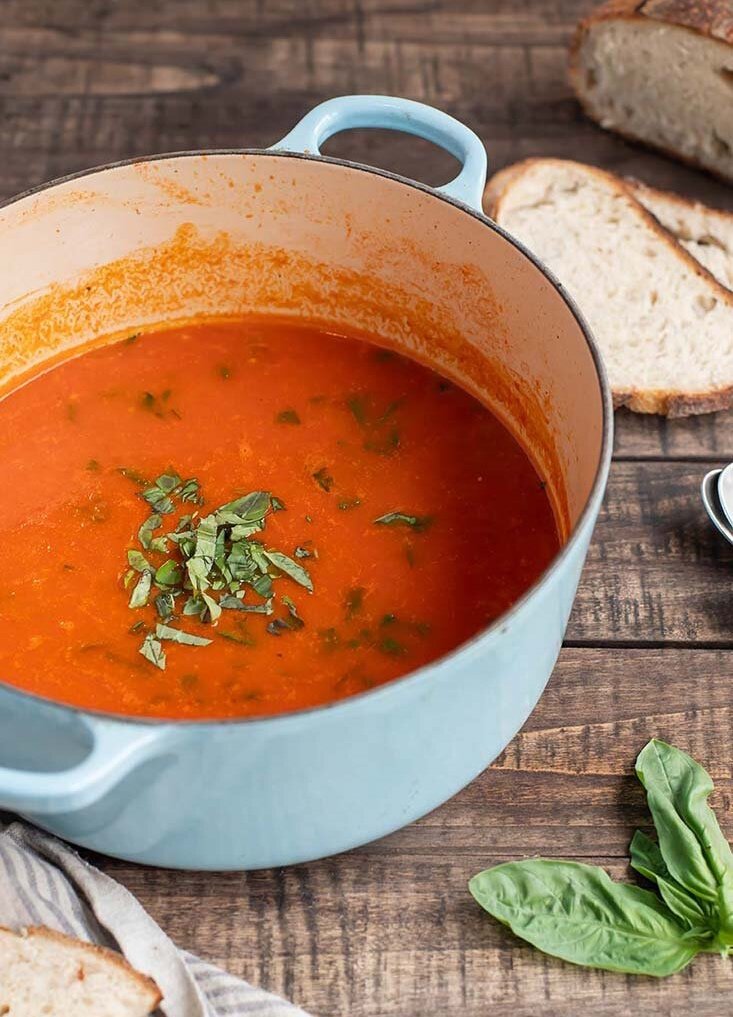Slow Cooker Pork Chile Verde
/Update: This recipe was updated with new photos on 11/16/2017. I also simplified the instructions. This new version is a bit saucier, which I love, but if you prefer less sauce in your chile verde, use 4 tomatillos and 1 can of green chiles.
Green chile is one of my long-time favorites. Pork green chile, chicken green chile, green chile migas. I love it. Always have. probably always will.
What's more it can be made in a slow cooker very easily. Usually when the days get shorter I get busier: work ramps up at the office, and the early sunsets make me feel tired earlier. There seems to be less time, in general. Which means the slow cooker gets a lot of mileage! At least, when I can get my act together and start it.
It turns out, Chile Verde is considered a "Colorado Favorite" by tourists. Who knew?! I was just scooping the stuff into my mouth as fast as I could and had no idea I was fulfilling such a Coloradan stereotype. I guess what they say is true.
A tip from a Chile Verde vet, if I may: serve it with a Margarita on the side. 😋
Other things that add to the experience: sliced avocado, a dollop of sour cream, fresh cilantro. You can even add diced up bacon to the recipe while it cooks (brown it first). YUM! You can also stir in 12 ounces of white beans, or add 2 cups of diced potatoes while it cooks. Basically, the possibilities are endless and once you start customizing your chile verde, you'll be hooked like all of us here in Colorado! Or, at least, this one person over here in Colorado. 😏












